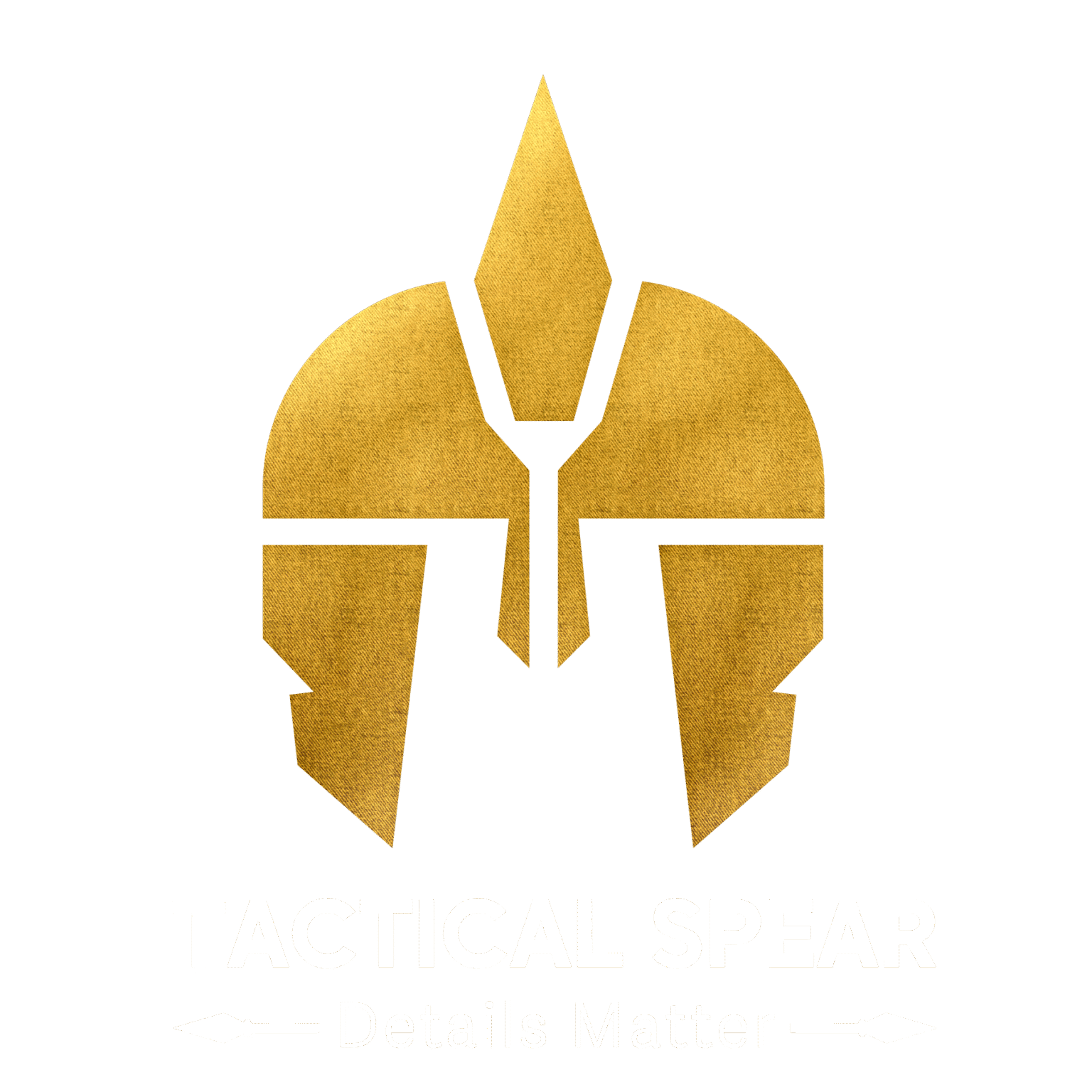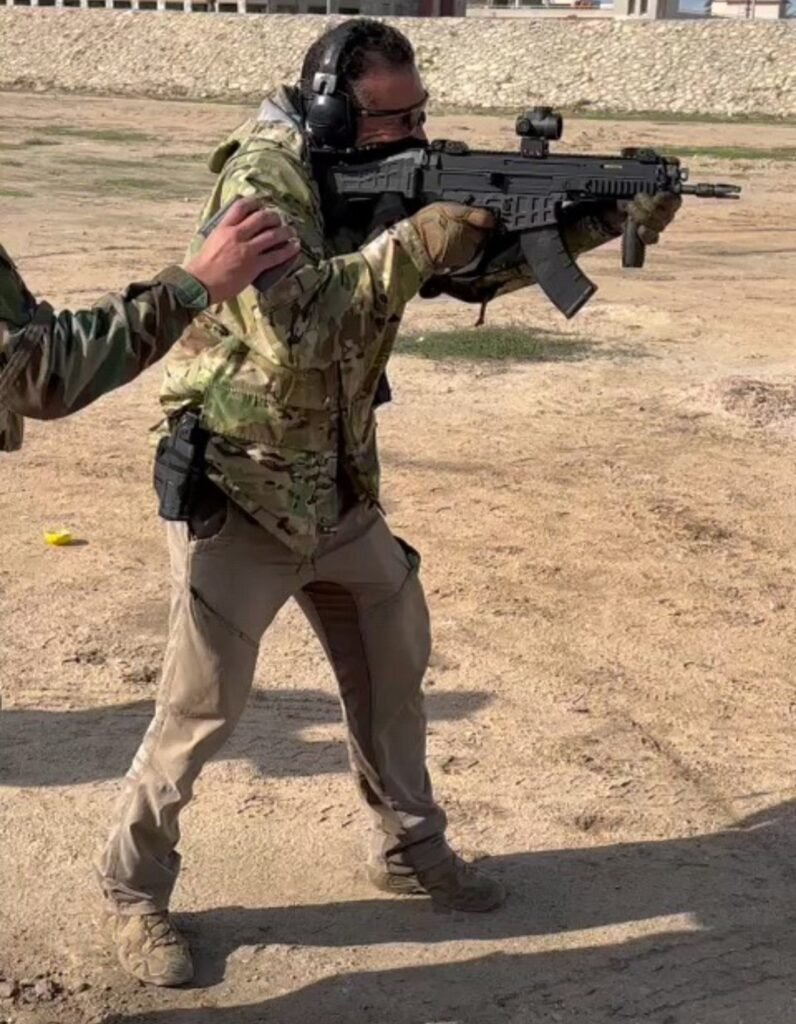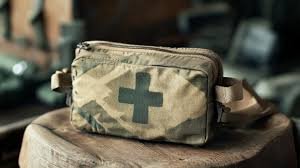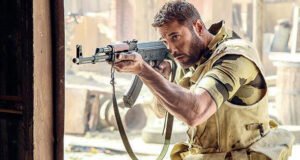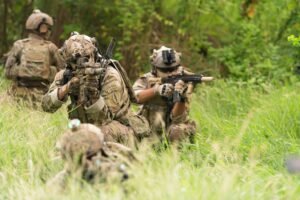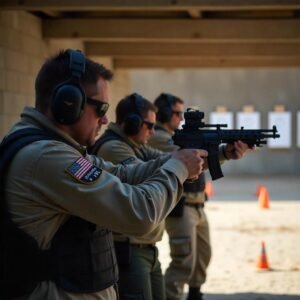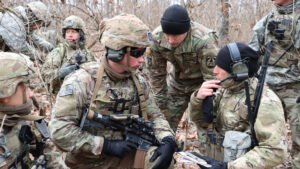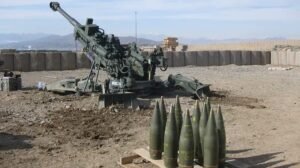A deep dive into one of the most critical but often ignored fundamentals in tactical marksmanship—follow-through. Learn how to train, apply, and master this essential skill in real combat conditions.
Why Follow-Through Matters
In tactical shooting, many shooters overlook a key principle that can make or break their performance—Follow-Through.
Neglecting follow-through compromises the fundamentals you’ve executed before and during the shot. This principle ensures:
- The weapon cycles correctly
- Sights remain stable
- You’re ready to fire again under combat tempo
Follow-through isn’t the end of a shot—it’s the bridge to the next one.
Executing Proper Follow-Through
To apply effective follow-through, shooters must:
- Fire without flinching or reacting to recoil
- Maintain a stable stance and consistent grip
- Keep head and eye alignment steady
- Retain sight alignment and reacquire the front sight after recoil
- rearward trigger pressure briefly after the shot breaks
- Reset to the audible/tactile click (not all the way out)
- Reacquire sight picture and the target
🔁 Repeat this process for every shot to ensure consistency, speed, and accuracy under fire.
Common Errors and Corrections
Most errors stem from premature actions:
- Dropping the weapon immediately after firing
- Holstering too soon
- Lowering to a “low ready” without assessing
✅ Correct follow-through requires visual confirmation of:
- Front sight lifting with recoil
- Muzzle flash or barrel rise (if using optics)
These are key indicators of proper post-shot engagement.
Progressive Follow-Through Training
Begin with stationary targets, then advance to:
- Moving threats
- Multiple engagement zones
- Variable sight re-acquisition drills under stress
Incorporate stress inoculation: practice fundamentals in full kit, low light, and fatigued states.
Grip: The Foundation of Recoil Control
Your grip controls what happens after the shot. A proper grip means:
- Equal pressure from both hands (100/100—not 40/60)
- Symmetrical recoil behavior
- Faster sight recovery
❌ Weak grip = recoil drifts toward the weaker hand = lost control and poor follow-through.
Overtraining for Real Combat: The Extra Round Concept
In every drill, train with one more round than planned:
- In a 2-shot drill? Be mentally prepared for 3
- It’s not about shooting the extra—it’s about readiness to continue
- This conditions your mind to fight, not just finish drills.
> Train to exceed, not just complete.
Speed Through Smoothness
“Fast is smooth. Smooth is slow.”
Speed doesn’t come from rushing—it comes from executing fundamentals perfectly under pressure.
If your sights don’t return to the same spot every time, your next shot is already delayed.
✅ Train slowly, with control. Speed will follow.
Shot Calling: The Tactical Snapshot
Shot calling is the mental “screenshot” you take as the round breaks. It’s about:
- Capturing what your sights looked like at trigger break
- Predicting impact location based on that image
Think of your sights as a camera. The trigger is the shutter.
What did you “see” when the flash occurred?
Avoid false confidence. Only call what you actually saw.
Fight the Fight: Finishing the Threat
Combat shooting doesn’t end with pulling the trigger. The mission is to end the threat.
Always follow the Post-Engagement Checklist:
- Scan for additional threats
- Clear surroundings — 360° plus vertical awareness
- Double-check your primary target, If he’s wearing body armor or regaining movement, your job isn’t finished.
Tactical Scan Process
After firing:
- Maintain trigger discipline
- Move your finger to the frame
- Lower weapon to ready position
- Conduct a true tactical scan — not just head movement
Look for:
- Weapons
- Intent
- Posture
- Additional threats
- New angles (especially urban/maritime environments)
✅ Pro Tip: Lower your chin slightly—this increases your field of view by up to 60°.
Double Confirm the Kill
Reassess your downed threat:
Is there movement?
Are they still a danger?
Are they drawing a second weapon?
Be prepared to re-engage immediately.
Always Expect More Threats
“If you see one threat, expect two. If you see two, prepare for three.”
This mindset must be embedded in every shooter. It’s not paranoia—it’s survival.
Finish by:
- Conducting immediate weapon check
- Reloading as needed
- Scanning again
Final Thought
Follow-through is more than a shooting technique—it’s a combat mindset.
Train it. Drill it. Live it.
From the shot to the scan—don’t break the cycle.
TacticalSpear
Professional Combat Shooting Tactics for the Modern Warfighter
